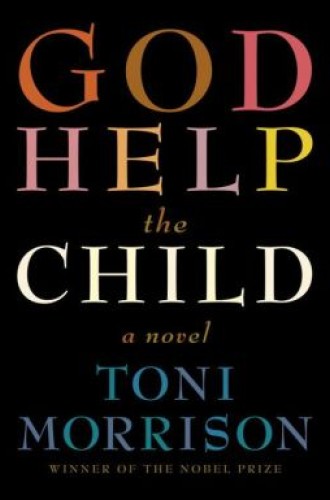God Help the Child, by Toni Morrison
In her 11th novel Nobel Prize–winner Toni Morrison has returned to the foundation of most of her fiction: childhood and its traumatic effects. In God Help the Child, she takes her central character, a woman named Bride, back to childhood in order to move her forward.
Bride’s mother, Sweetness, is at the root of her pain. Sweetness spends most of the novel trying to explain why she was never able to love her daughter. “It’s not my fault,” she says, that her daughter was born with black skin. “I’m light-skinned, with good hair, what we call high yellow,” she protests, using a vocabulary for skin color and value that seems to come from another era. But her daughter is “midnight black, Sudanese black, . . . a throwback, but a throwback to what?” Sweetness is not able to overcome her horror at her daughter’s skin color, and she spends all her energy trying to justify the unjustifiable. “It’s not my fault. It’s not my fault. It’s not.”
In the absence of her mother’s love and acceptance, Bride has to find a different vocabulary for color. She is a beautiful and successful woman in the cosmetics industry and is about to launch a new cosmetic line called YOU, GIRL for “girls and women of all complexions from ebony to lemonade to milk.” Underneath her success, however, is a lie that she told to win her mother’s affection. When she was a small child, she helped convict an innocent woman in a daycare center of sexual abuse. This lie has haunted her, and on the day the woman is released from prison, Bride goes to visit her with money and gifts.





